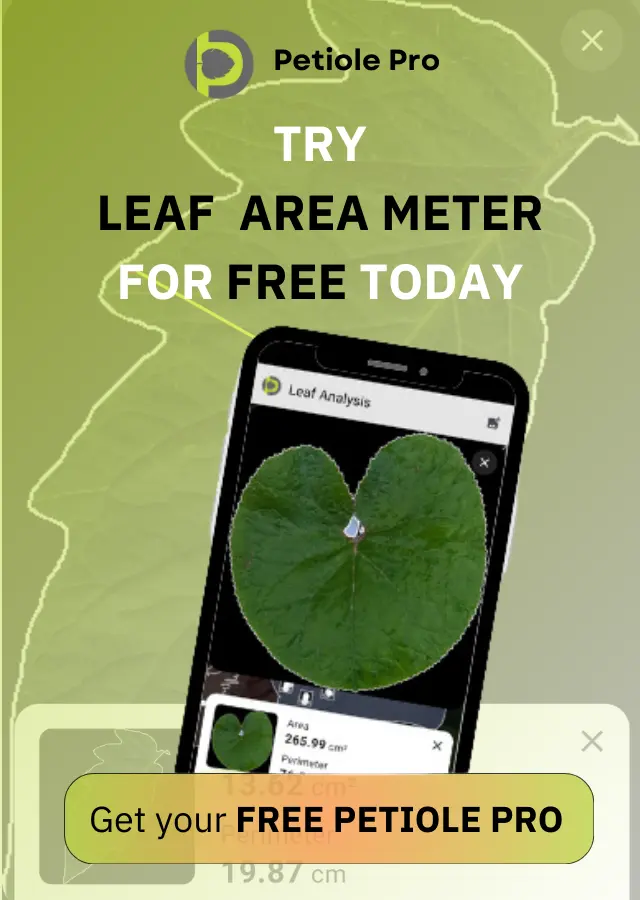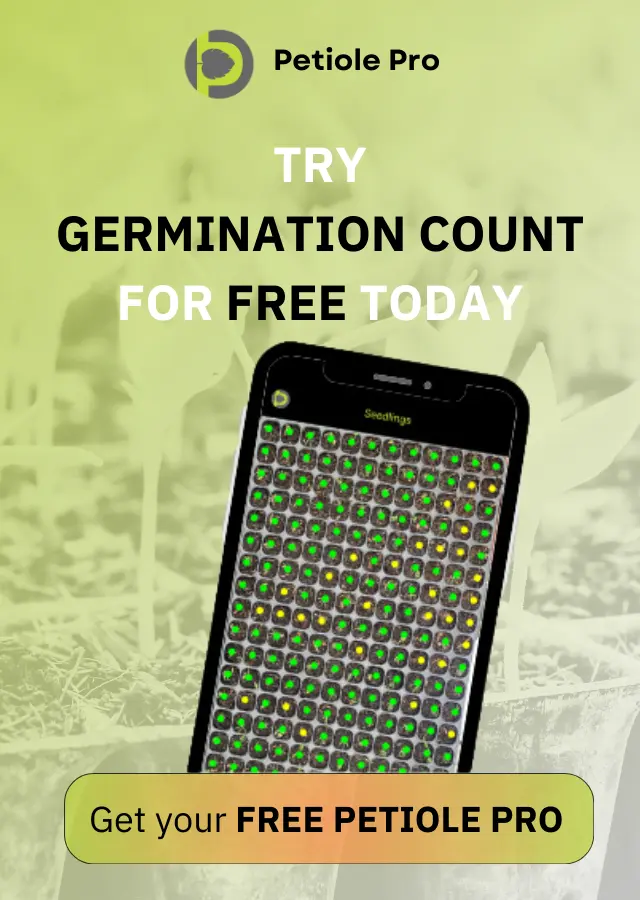Full List of Disadvantages in Agriculture Drones


Drawbacks of drones is not a highly popular topic to speak. More people pay attention to the benefits of using these unmanned aerial vehicles for agriculture. And this is fair enough. Drones are one of the most innovative methods of how to carry in-field monitoring. At the same time, there are at least five obvious disadvantages of agriculture drones.
What Do We Call “Disadvantages of Agriculture Drones”?
After understanding how helpful are drones in agriculture, we decided not to stop. Deeper research and surveying of the farmers, agronomists and other experts who carry field scouting has revealed their negative experience.
Agriculture Drones Require Special Knowledge and Skills
A bitter truth, which may not make happy some of the people, says: drones are not toys. Sure, it is allowed to use them for entertainment. At the same time, any professional use of drones in agriculture requires expertise. And, in the ideal case, only certified drone pilots must operate these unmanned aerial vehicles for in-field monitoring.
In other words, this means a person must know a lot about agriculture drones. For example, how to plan flight paths and test flight equipment in a field, carry out aerial surveys and gather digital images and data. Finally, an expert must know how to maintain and repair drones, produce maps (for example, NDVI or REID) based on flight data and interpret data.
However, if you are a farmer and plan to use a drone only for your own needs, a valid certificate will be a surplus. Just remember that you must renew it each year.
Simple Agriculture Drones Don’t Fly Too Long
If you have a drone, you know the average duration of its fly. Statistically, an agriculture drone flies between 10 and 25 minutes. In case of an advanced drone, its flight may have a duration of up to 35 minutes in the air. In any event, for big fields, this is not enough.
However, longer flights are an attribute for more expensive drones. In other words, this means that mass-market lightweight quadrocopters don’t have extremely good batteries.
As a result, an agriculture drone equipped with a special camera or a sprayer, means extra load to carry during the flight. Hence, you must expect to decrease the time of the flight as well as the covered area of the field.
Most of the Drones Don’t Have Features
In general, drones are depreciating assets but not investments. This means that the cheaper quadrocopter you have, the fewer features it includes. Good agriculture drones are expensive.
For example, camera drones with a capable RGB camera cost at least £300. And their price will go up from there. These type of drones have a good onboard camera or allow to mount one (for example, GoPro, Marshall or another POV camera for remote imaging applications).
A sprayer drone with 15 litres of capacity will cost at least £1,000. Or more than £5,000 for brand-new DJI Agras MG-1. This octocopter designed for precision variable rate application of liquid pesticides, fertilisers, and herbicides. It can carry up to 10 kg of liquid payloads.
Drones May Cause Risks For Air Space
For the purpose of agriculture use, the drone must fly below 400 feet or 121 meters. Also, there are specific risks in operating drones next to special areas like airports, aerodrome or other airfields.
To avoid collisions, an agriculture drone should never fly near an airport or close to aircraft. It is a criminal offence and also it endangers the safety of an aircraft in flight.

Drones Must be Registered By The Government
Take scales and measure: if your drone weighs between 250g to 20kg, then you must register your drone at Civil Aviation Authority (or Federal Aviation Administration for the US).
In short, this means that you must have two things.
Firstly, anyone who will fly must pass a theory test to get a flyer ID. The flyer is the farmer or any person who flies the agriculture drone. In order to get a flyer ID, you must pass an online theory test.
Secondly, the person that’s responsible for the drone must register to get an operator ID. This is not the same as a drone pilot! Drone operator ID is your own unique number and it means that you are:
-
over 18
-
an owner or a person, who is responsible for a drone

Agriculture Drones Are Weather-Sensitive
Have you tried to fly a drone in a strong wind? It’s better not to try. In general, agriculture drones are more vulnerable to adverse weather conditions. And this is one of the biggest of the disadvantages of agriculture drones.
They should not fly in rain or in high humidity conditions. Fog or snowfall are also bad for operating drones. There are three important reasons not to use agriculture drones in bad weather:
- you may lose or even crash a drone;
- the quality of images will be spoiled;
- spraying of any chemicals will need re-applying in future.
Agriculture Drones Are Not Helpful For Specific Crops and Problems
You cannot assess the scope of pest infestation in strawberry field if you have a problem with slugs. These nocturne animals are active only at night. Also, they eat only fruits of strawberries, which are most of the time, hidden behind the leaves. As a result, monitoring of this specific pest will not be extremely helpful to get rid of slug problem in strawberry farm.

Conclusions
The most obvious disadvantages of agriculture drones are based on their technical characteristics. Then a factor of personal abilities to fly an agriculture drone play a significant role. Finally, governmental regulations are strict in relation to the use of drones in agriculture. All these factors require careful consideration before use drone for field scouting or any other in-field monitoring.

